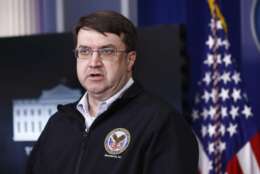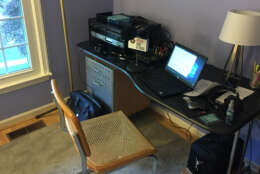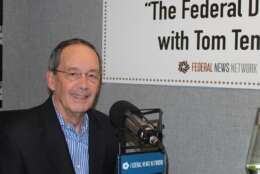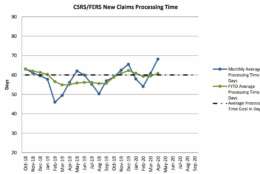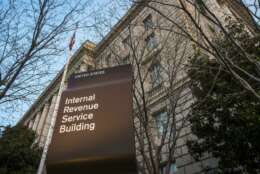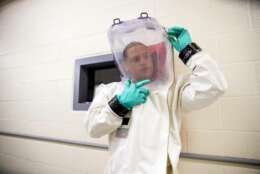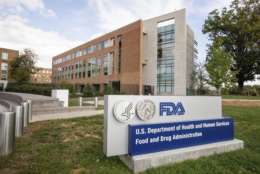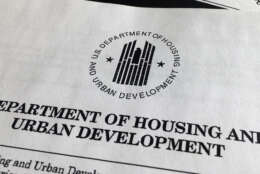Covid-19
-
In today's Federal Newscast, Veterans Affairs has a new plan to eventually resume normal operations for its hospitals, cemeteries and benefits offices.
May 08, 2020 -
This content is provided by Kinetica.
May 08, 2020 -
At least one agency catches up on supplies to keep its field workforce better protected.
May 08, 2020 -
Agencies are substituting in-person hiring events with virtual job fairs and recruiting webinars, and many organizations are thinking outside the box to onboard new employees.
May 07, 2020 -
Potential service members will need a waiver to join up if they were hospitalized for COVID-19.
May 07, 2020 -
How come it has been so hard to get masks distributed to federal employees like the 10,000 IRS employees called back to work?
May 07, 2020 -
The fast and vast federal response to coronavirus has exposed weaknesses in some agencies' information technology.
May 07, 2020 -
A few more feds parted ways with the government last month, but still no more than they did a year ago.
May 07, 2020 -
State CIOs and NASCIO went virtual for this months midyear conference, and NASCIO executive director Doug Robinson discussed state CIOs extraordinary successful continuity of operations efforts.
May 07, 2020 -
Professional Managers Association President Chad Hooper said some areas of the IRS mission are moving ahead, but others will take “a very long time” to return to normal.
May 07, 2020 -
Whether you are a plodder or a planner, foot-loose or up-tight, odds are your retirement checklist didn’t mention the possibility of a once-in-a-lifetime pandemic that would knock the 11-year bull market to its knees.
May 07, 2020 -
Research labs across the government, industry and academia are working on one piece of the coronavirus puzzle or another.
May 06, 2020 -
In today's Federal Newscast, House and Senate lawmakers are using legislation and pressuring the White House to obtain hazard pay and extra leave capabilities for federal employees who are continuing to work during the coronavirus pandemic.
May 06, 2020 -
When you put those burgers on the grill this weekend, remember the 6,500 federal food safety inspectors working in meatpacking plants ordered to stay open.
May 06, 2020 -
New pulse survey data from the Census Bureau will supplement other sources that HUD has relied on for years to allocate more than $3 billion in CARES Act spending.
May 06, 2020

